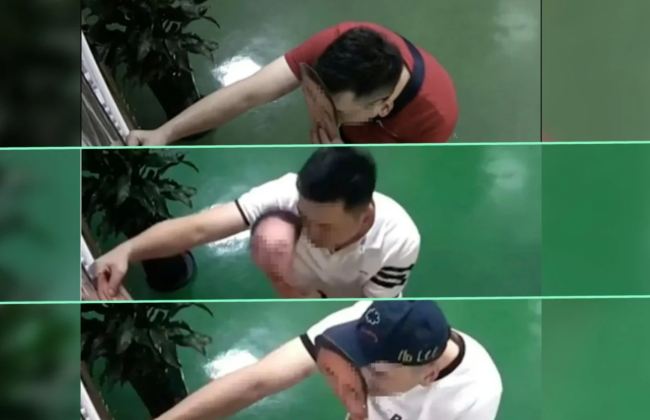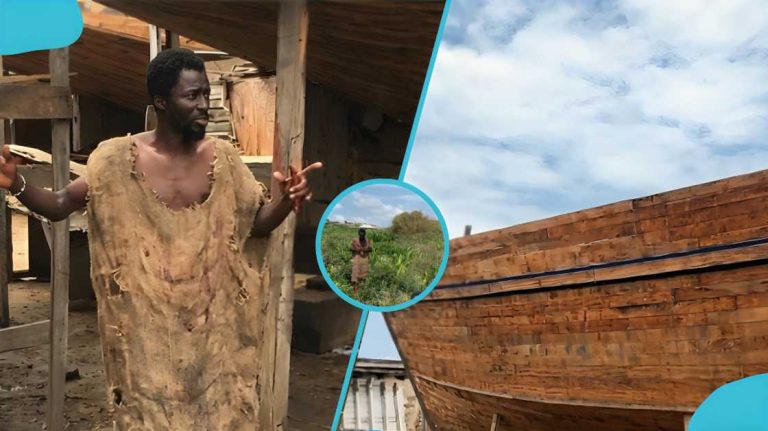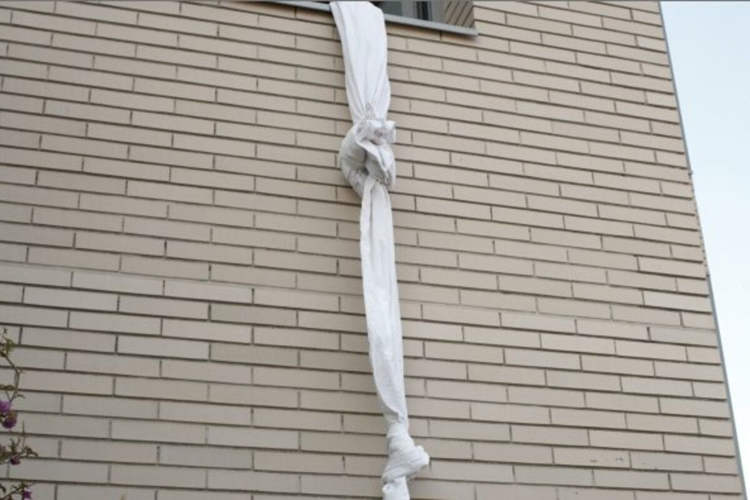It’s rather inconceivable that someone as talented and successful as New York fashion photographer Mark Reay might be homeless. Despite being handsome, well-groomed, and articulate – Mark didn’t actually have a home to go back to, after rubbing shoulders with the who’s who of the fashion world, for six long years.
Photo: Facebook
When Mark graduated from the University of Charleston, he obviously had no idea that he’d be homeless for a major chunk of his adult life. In the beginning it was by choice – he backpacked around Europe as a young man and then worked as a model for four years in Brussels – the experience gave him the experience of a new “hand to mouth” kind of lifestyle that would help him immensely later in life.
He moved back to New York in the late ’90s to take care of his dying father, and took on a few modelling assignments to keep the cash flowing. He was able to afford a $200 a month apartment in West Chelsea then, but after his father died in 2000, things got tough again. It was getting hard to make a living off modelling, especially since age was no longer on his side, so decided to give fashion photography a go.
“I knew the fashion world, so I’d go to the shows and hang around backstage taking pictures,” he wrote for The Guardian. “People knew me from my modelling and I got a few decent shots. I figured I might have an eye for it and maybe I could make some money from it. It sounds glamorous, but I never got the campaigns. That’s where the money is. I foolishly believed I would make a decent income.”
Photo: Homme Less
Things got so bad that soon Mark was living off his savings – he worked as a waiter and sold a few photo stories to websites, but none of it was enough to sustain a New York lifestyle. His first experience of being homeless eventually happened when he travelled to the south of France for a photography project. But like most good ideas the project didn’t produce any results. Worried that he’d outstayed his welcome at his friend’s place, he left for St. Tropez with his camera and laptop, and ended up sleeping in the hills.
“It wasn’t so bad to start,” Mark wrote. “I would store my laptop and cameras in a duffel bag in a garbage bag and hide it in the bushes. I had a small bedroll with me so I could sleep. I would get up at 6am, go to the park and head to the restaurants that had those outdoor sinks. I’d wash myself down, was my t-shirt or shirt so it could dry in the sun and slick my hair back with water and go sit in a cafe. Because I had a certain look, no one really questioned it. I just looked like a well-off man in shorts and a T-shirt. I had the confidence to just sit there, and I knew I wasn’t doing anything wrong.”
Photo: Dazed digital/Home Less
“So began a period of my life sleeping rough,” he wrote, but insisted that it was still a happy time. Although he lived off his dwindling savings, he always made it a point to treat himself to rotisserie chicken at night, along with a chilled rosé – the cheapest one he could find at mini markets. “At night, I would put on a fresh shirt and go to one of the fancy bars with my wine in my bag. Again, maybe because I had a certain look, no one ever checked my bag. I’d just go in, nick a glass off the counter and drink my wine surrounded by millionaires.”
Mark wrote that this kind of lifestyle was okay for a while, but when he got tired of it, he moved back to New York again in 2006. He was completely broke, his family was in New Jersey, and he didn’t want to rely on his friends anymore. He moved into a hostel for a night using the money he earned from a backstage shoot, but when he woke up, he was covered in bed-bug bites. That’s when he remembered a friend’s rooftop in the East Village where they used to have cocktails. He snuck into the building and went to the rooftop the next night, and decided to stay there for a few days. And that ended up becoming his home for the next six years.
Photo: Dazed digital/Home Less
“All I had were a few items of clothing and a thrift store blanket,” Mark wrote. “I got a cheap poncho, which I used to cover myself so I couldn’t be seen, and I put up a tarpaulin. It was September and it was manageable. I started to get a bit more work, but not enough to afford rent, so I figured I’d just stay there until I worked something out.” Instead of getting a home, Mark renewed his gym contract – only $70 a month – where he got access to showers, electricity, and a toilet. “I used to wash my clothes there – I had a few shirts, a pair of trousers, and socks – and dry them under the hand dryers.”
“That was my life. I’d get up, transform myself and go off to shoot these beautiful models at fashion week or on the street. As long as I was clean and fairly well dressed, no one questioned me. I told a few friends, but otherwise no one.”
Mark makes it sound easy, but of course it wasn’t – he had his share of difficult times. he had to let himself into the building carefully, without making any noise, climb several flights of stairs, hop a fence while risking death with a huge drop below, and get under a tarpaulin that served as his home. He would tip over his pee bucket, shivered in the cold, worried that people might discover him, and endured horrible weather. Electric storms were terrifying, so he constantly had to check the weather reports to see what was coming. He kept getting more work, but his assignments earned him about $30,000 a year, which was hardly enough to live on in New York.
Photo: Dazed digital/Home Less
Eventually, things got better to a point where Mark was able to get off the roof last summer. And interestingly, he’s come away from the experience with only positive thoughts. “It sounds peculiar, but you have to remember I’ve always been happy travelling around,” he wrote. “I don’t feel anything but lucky. I chose highly improbably careers; I mean, modelling, acting, and photography – they’re well known for economic uncertainty. But I get that it’s a peculiar situation, and I chose that peculiar situation.”
“I feel invigorated. It’s an odd double life, and I’ve been alone, but I’ve never felt lonely.”
Mark’s remarkable story was covered in a documentary called Homme Less, filmed by his friend and director Thomas Wirthensohn. It “captures a raw and unfiltered moment in time, our time, and raises the question of how far we are from losing everything, even our homes. How often do we have to pretend that everything is fine in order to keep up the facade of being a well-off member of society? And how far do we have to go to take the financial pressure off our shoulders to live a more carefree life, a life we aspire to live?”
https://www.youtube.com/watch?v=_GmQwx1sztk&feature=youtu.be
Sources: The Guardian, Dazed

















